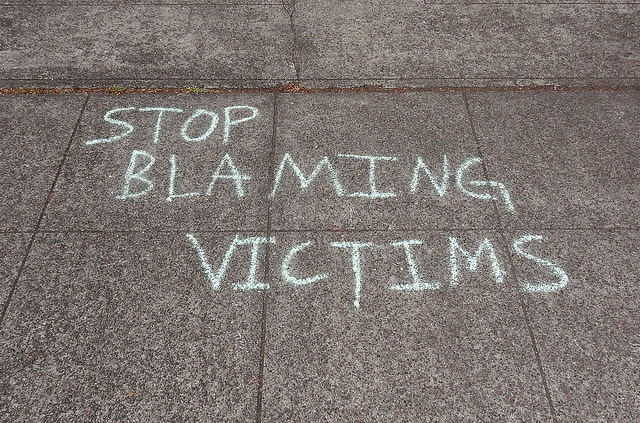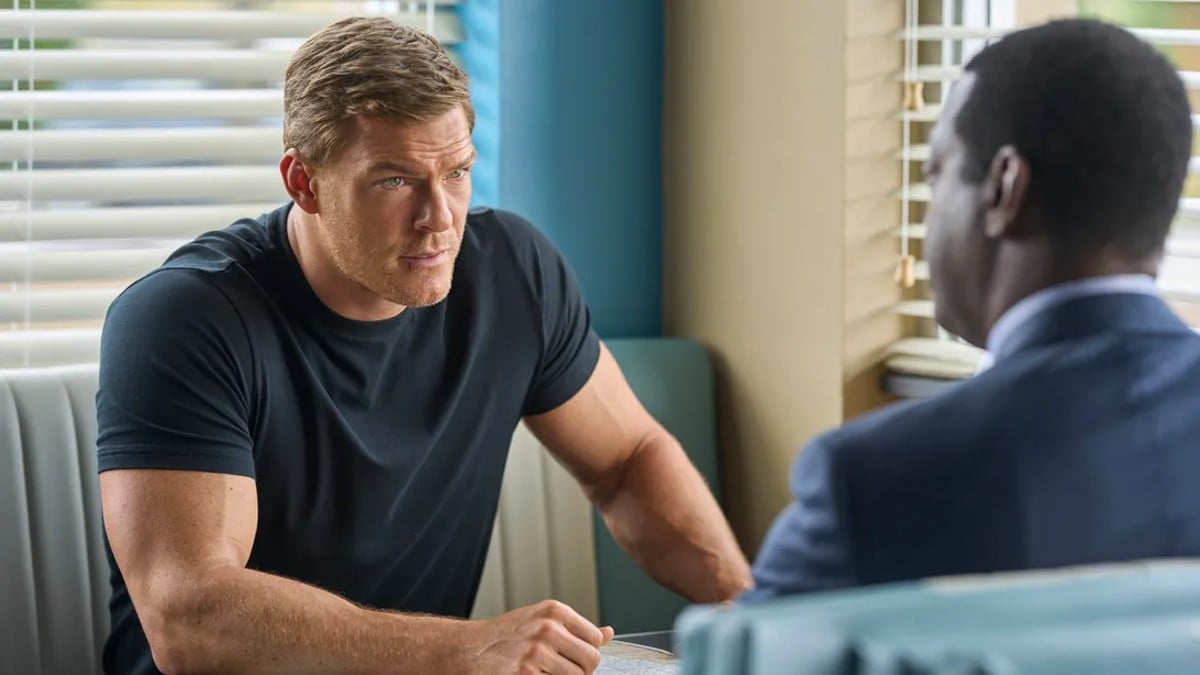The fear of false rape accusations is a toxic thing. While the idea behind it is, supposedly, to protect the reputation of men from being damaged, what really has come out of it is the profiling of women who come forward. Scrutinizing their every action, response, and often treating victims like suspects. The consequences of this, even when police officers mean well, can have terrible consequences.
For those who are active lovers of the podcast This American Life, this story may not be totally unfamiliar to you.
T.Christian Miller and Ken Armstrong, in collaboration with The Marshall Project, did an investigative piece called “An Unbelievable Story of Rape” and This American Life they released a story based on their piece called “Anatomy of Doubt.” Now, Miller and Armstrong are bringing the story to book form in A False Report: A True Story of Rape in America. It tells the story of 18-year-old Marie, who claimed she had been raped and then recanted her story.
In 2008, Marie told the police that “she had been talking on the phone much of the night with her friend Jordan. After finally falling asleep, she was awakened by a man with a knife — and then tied up, blindfolded, gagged and raped. The man wore a condom, she believed. As for what her attacker looked like, Marie could offer few details. White man, gray sweater. The attack seemed to last a long time, Marie told police, but she couldn’t say for sure. It was all a blur.” The man also took pictures of the rape and threatened to release them if she came forward.
The story was intense and extreme. Clearly a highly traumatic event. It was because of that two women came forward to express doubts about the story. Marie’s former foster mothers, Peggy and Shannon.
Peggy spoke to the lead investigator, Sergeant Mason about her doubts. For Peggy, she had known Marie to be someone who sought out attention and so when Marie called to say she had been raped, “Her voice was like this little tiny voice, and I couldn’t really tell. It didn’t sound real to me. It sounded like there was something…it sounded like a lot of drama, too, in some ways. It was like, ‘Oh, boy.'” For Peggy, everything sounded like an episode of Law and Order and Marie’s detachment in how she relayed the events just made her more skeptical.
Shannon also shared Peggy’s doubts, one because of the stoic detachment as well, but also because Shannon had been sexually assaulted herself and did not see herself in Marie. These doubts, from the people closest to Marie, caused the investigation to shift from thinking of Marie was a victim, to thinking of her as a liar.
Sergeant Mason, along with his partner on the case Rittgarn, brought in Marie who asked: “Am I in trouble?”
To Mason, this question was usually asked by someone who had done something wrong. This combined with everything made Mason believe she was making up the story. During the interrogation, Mason told Marie that her story was filled with inconsistencies, which she denied, but not strongly enough in his opinion. As Marie retold what happened, Mason told Marie that neither Peggy or Shannon believed her. Rittgarn then said that the rape kit didn’t support her story (this was a lie).
As a result of this, Marie “confessed” to making up the story. She was charged with a gross misdemeanor, the most serious charge short of a felony, and would have to go to court. Her rape kit would be destroyed after enough time had passed. Marie was harassed by people calling her a liar, the privileges she has worked towards getting as a foster child was taken away, she was fined $500 and had a blight on her record forever. She became the poster woman for false rape accusations and lost the trust and support of everyone in her life.
Except she wasn’t lying.
The man who raped her was named Marc Patrick O’Leary and he was a serial rapist who, at the time he was caught, had raped four women in total. The first woman he raped was Marie and it was their quickness to dismiss her case that led to O’Leary not being brought to justice until two years later.
It wasn’t DNA that cleared Marie, the rape kit she took was destroyed. What cleared Marie was the cops finding the pictures O’Leary took. Without those, Marie would have never been found innocent.
The book goes through the entire investigation and shows the amazing police work by two female detectives Stacy Galbraith and Edna Hendershot, which brought O’Leary to justice and exonerated Marie.
What makes the book so good is that Armstrong and Miller are top-notch reporters, they won The Pulitzer Prize for their reporting on this case. They do not pass judgment, there are no villains, although it was very easy for me to be frustrated with Mason, Rittgarn, and everyone who turned against Marie, it is about laying out the facts of where the doubt about rape comes from.
We are constantly trying to nitpick the actions of women and wondering “if we need to believe all of them.” Well, this is what happens if you don’t. When looking at the biggest cases of false rape accusations, the Duke Lacross Team and the Rolling Stone story, both of them were quickly exposed due to their inconsistencies. Good police work can expose the truth.
As an article in Quartz points about how the profile of the type of person who lies about rape accusations, is someone with a history of being dubious.
[…]it should be remembered that a false accuser is a person making up a story to serve some goal. Whether the impetus is personal gain, factitious disorder, the need for an alibi, or revenge, it’s crucial to the accuser that their story be taken seriously. For this reason, it’s radically unlikely—and in practice does not happen—that a false accuser would invent a story where the issue of consent could seem ambiguous.
For Marie and many women who come forward, they know that they will be judged automatically. Men and women exist knowing that unless they are perfect victims, with the perfect villain, they will be doubted and judged. Even from the people, they trust the most. I recommend this book to anyone who is interesting in understanding how a bad rape investigation happens and what the effects of that are to the victim.
When Marie asked why she came, forward her answer was simple. “So nobody else would get hurt,” she said. “They’d be out there searching for this person who had done this to me.”
A False Report: A True Story of Rape in America comes out February 6th, 2018 from Crown Publishing.
(image: Flickr)
Want more stories like this? Become a subscriber and support the site!
—The Mary Sue has a strict comment policy that forbids, but is not limited to, personal insults toward anyone, hate speech, and trolling.—










Published: Jan 19, 2018 12:14 pm